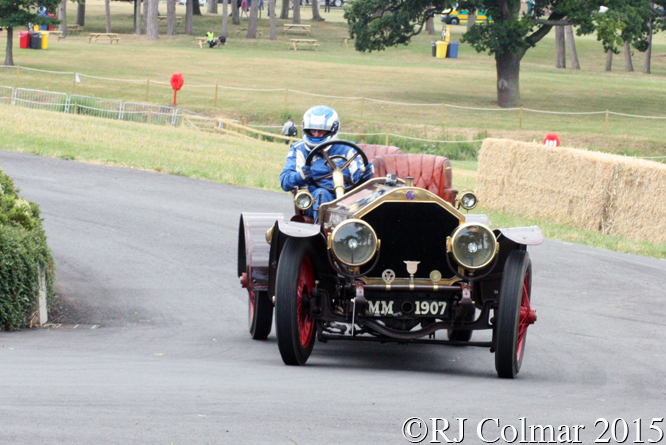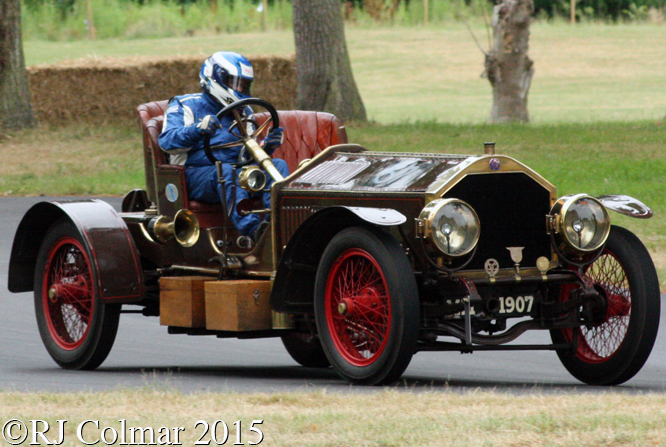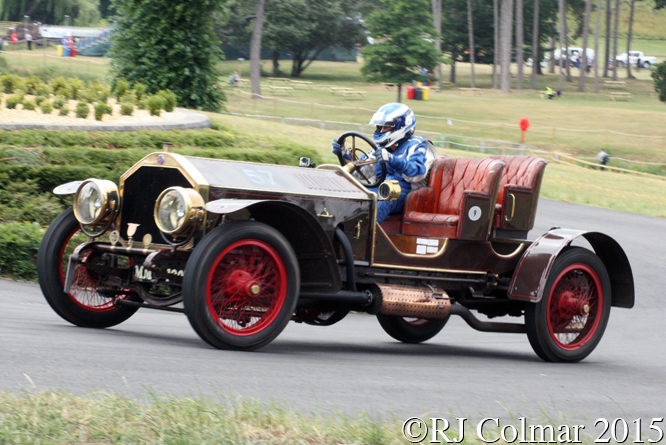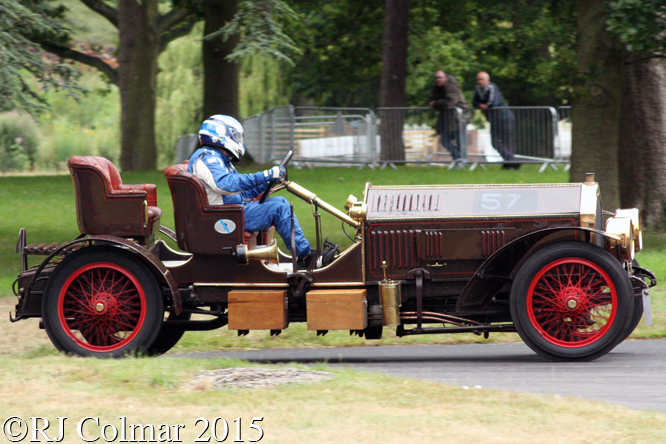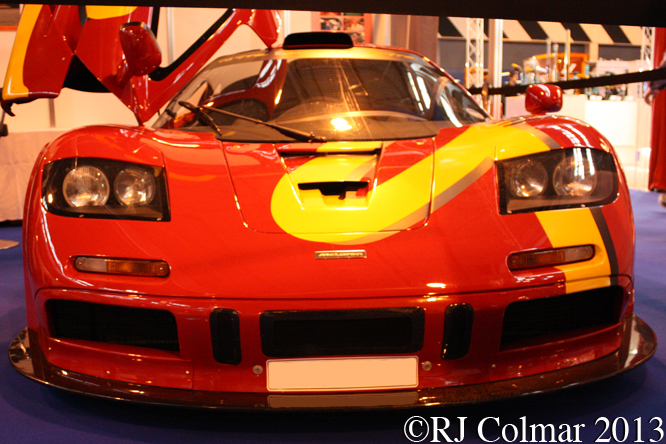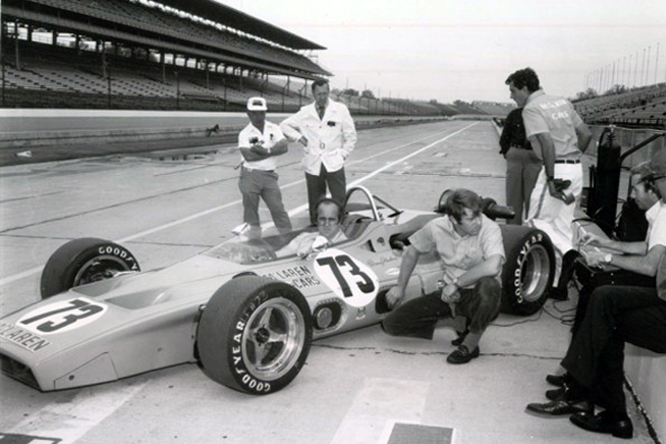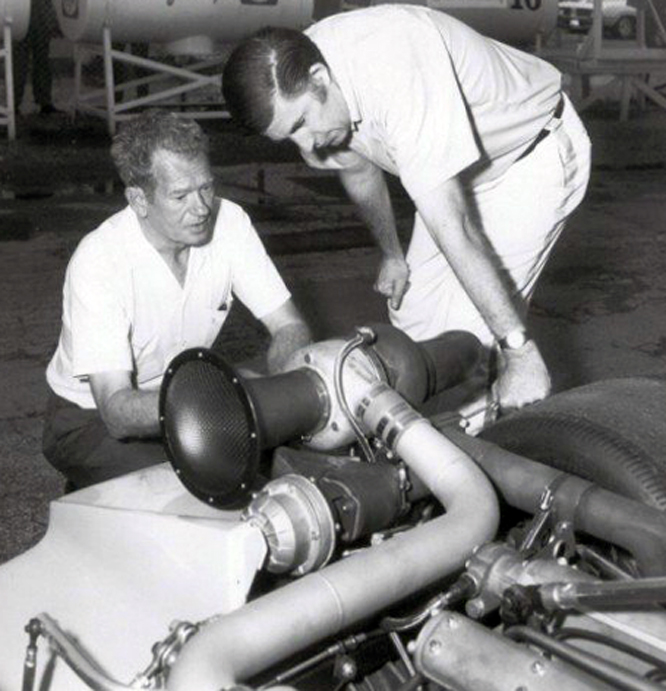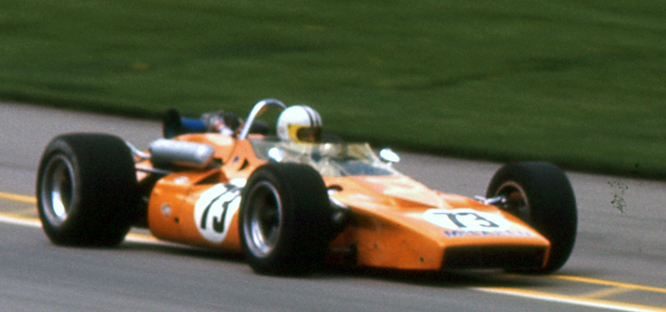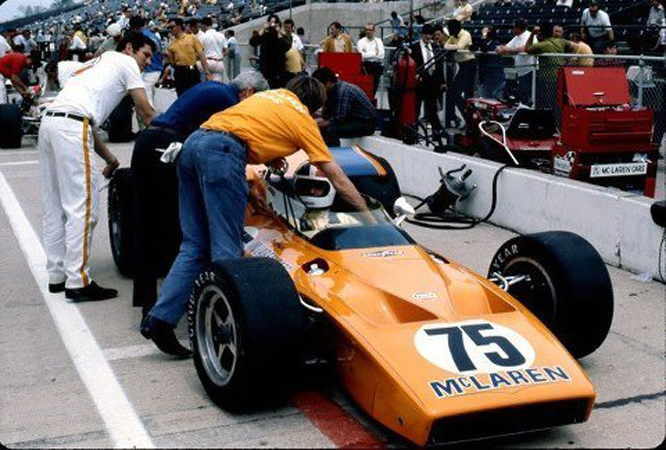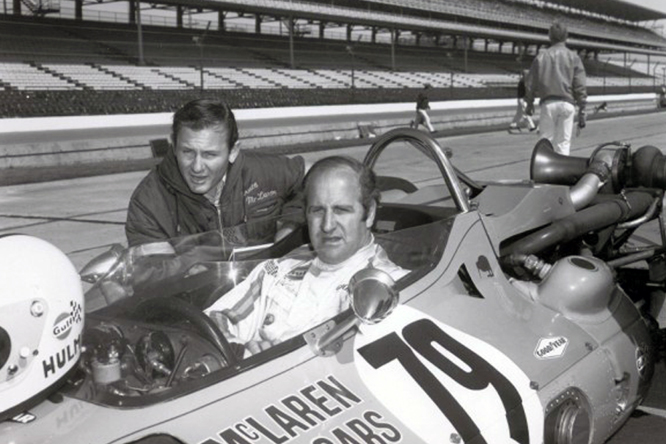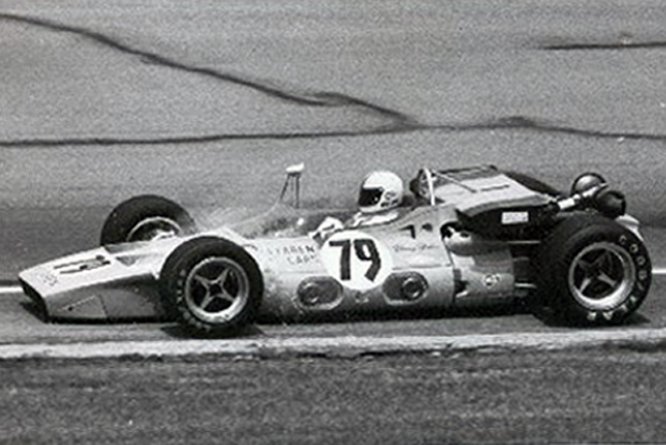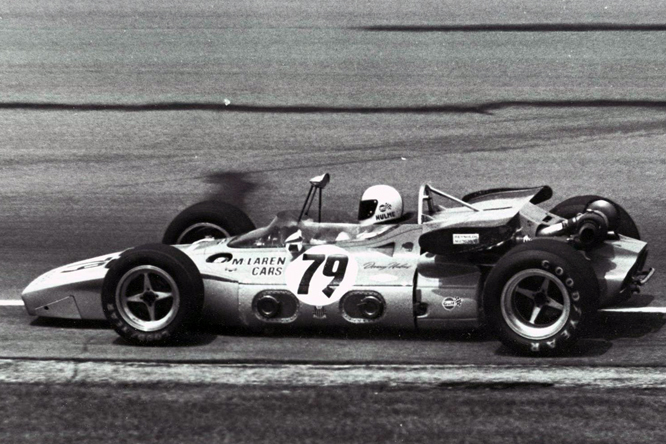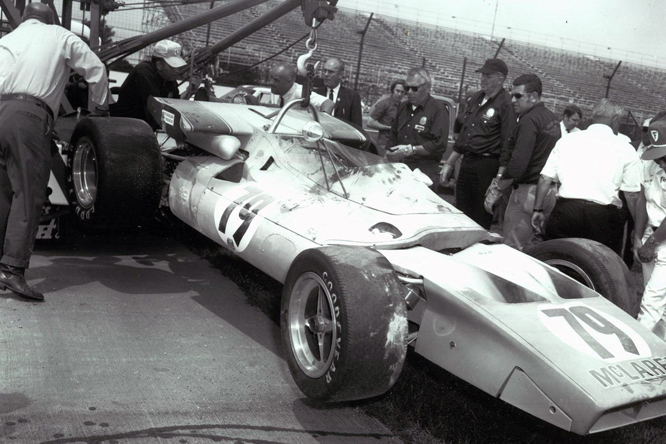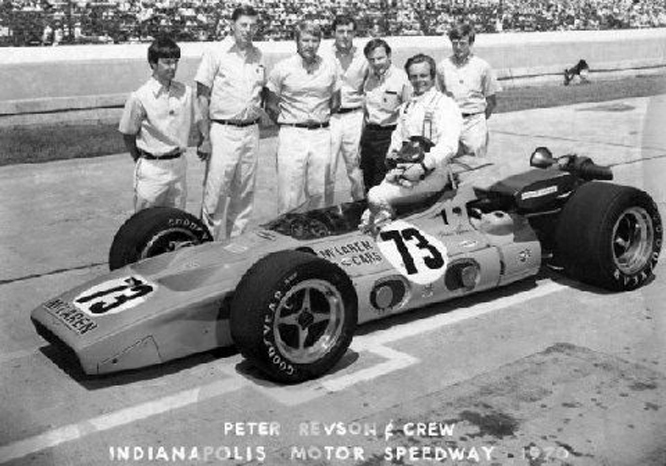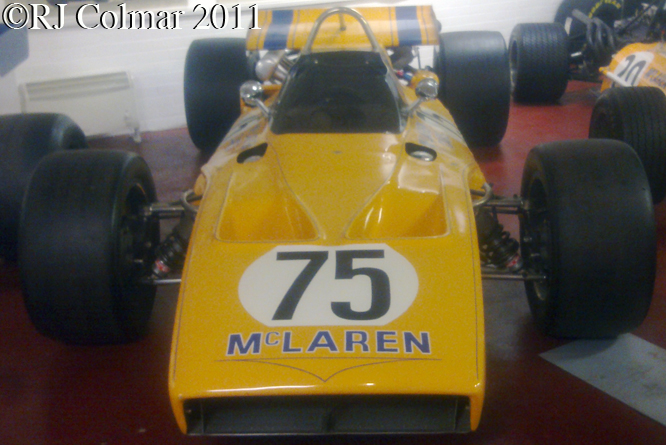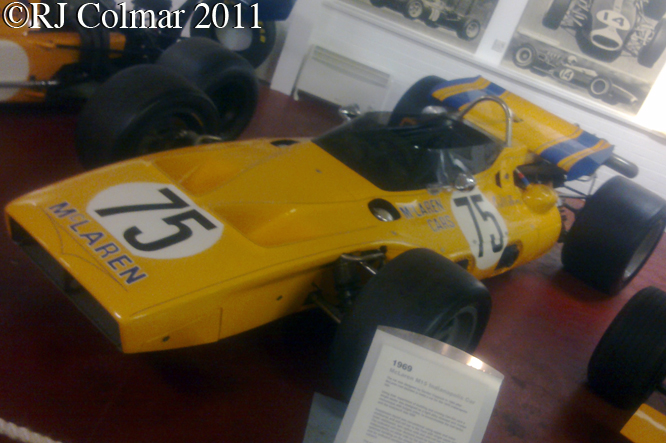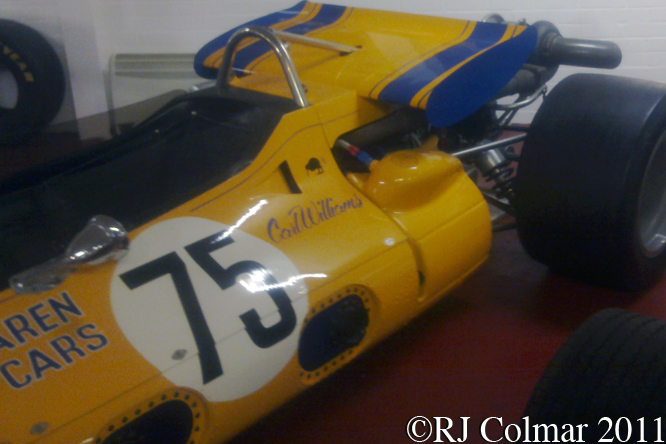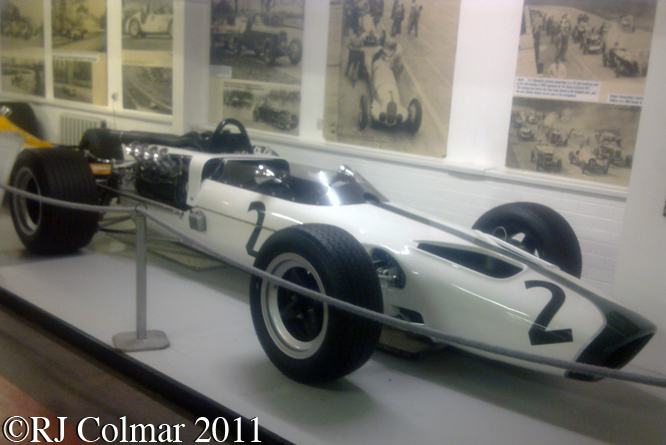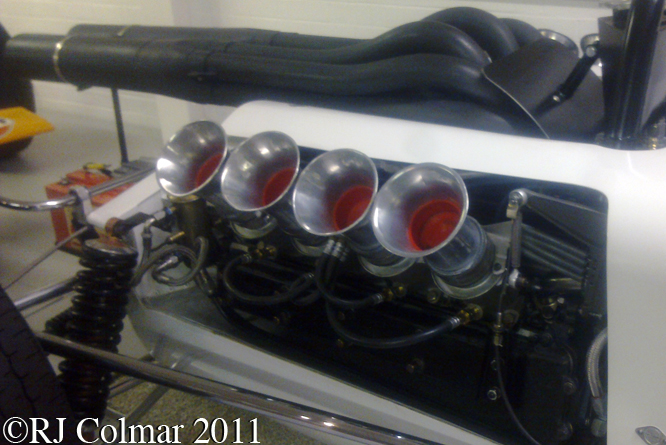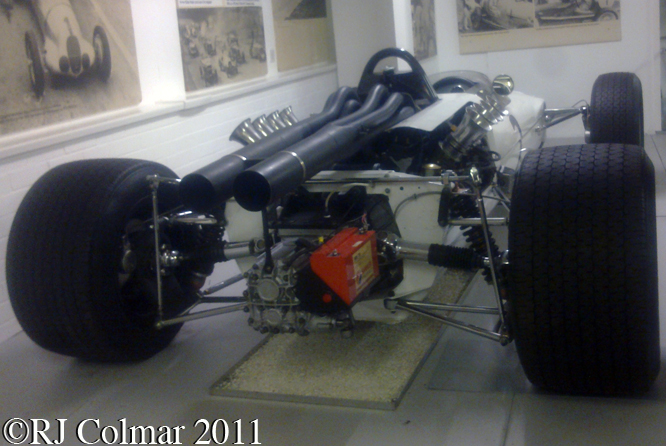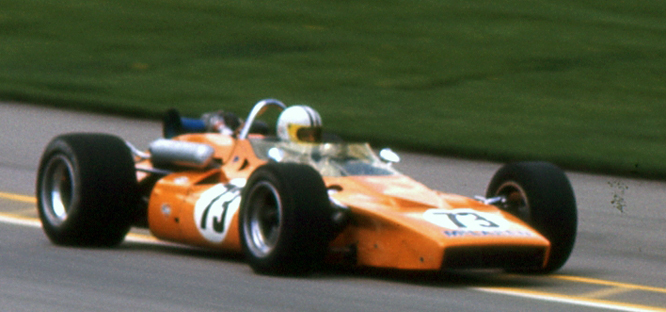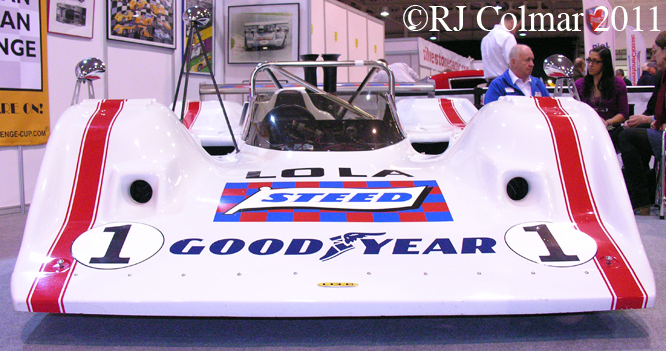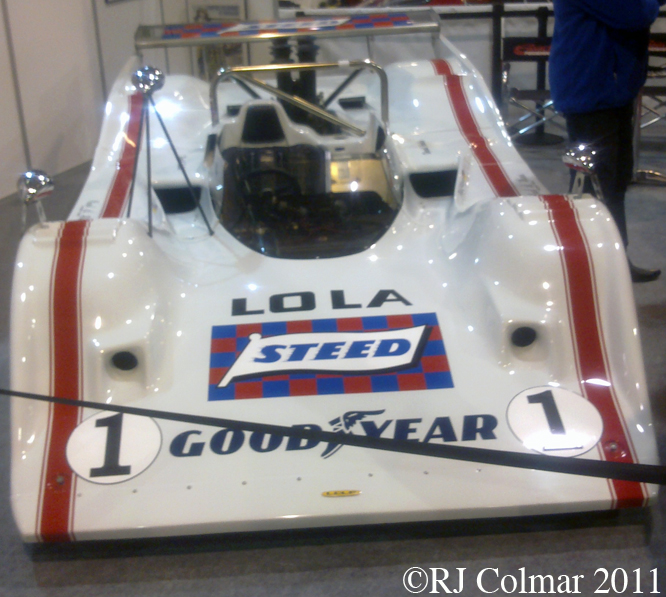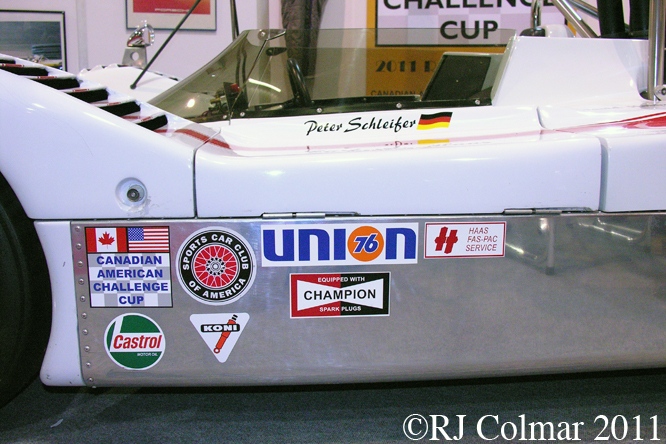Thanks to a recent fb friendship struck up by Ray Miles in Florida and Rob Hughes in Liverpool I was alerted to the Triple London Championship Night which ran at Wimbledon Stadium couple of weeks ago.
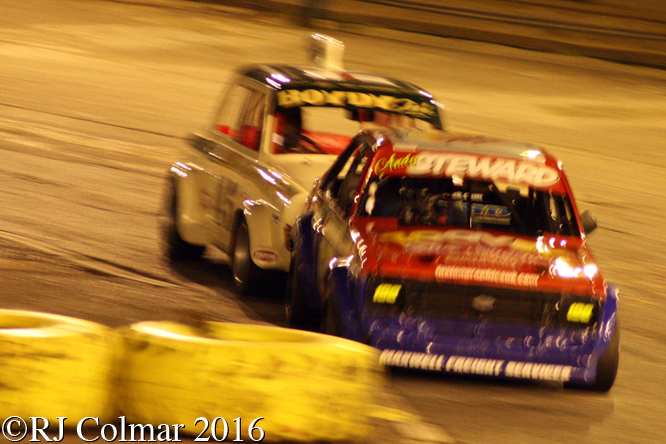
Thanks to a soccer match in Chelsea I got snarled up in traffic and missed the first heats for the Junior Micra Stock Cars, Superstox and 2.0 Hot Rods, but made it just in time to catch the first heat for the beautifully turned out Pinto powered Classic Hot Rods which featured a great battle for the lead between the #198 Mk2 Ford Escort driven by Andy Steward and the #45 Austin A40 Countryman driven by Craig Boyd which went Andy’s way.
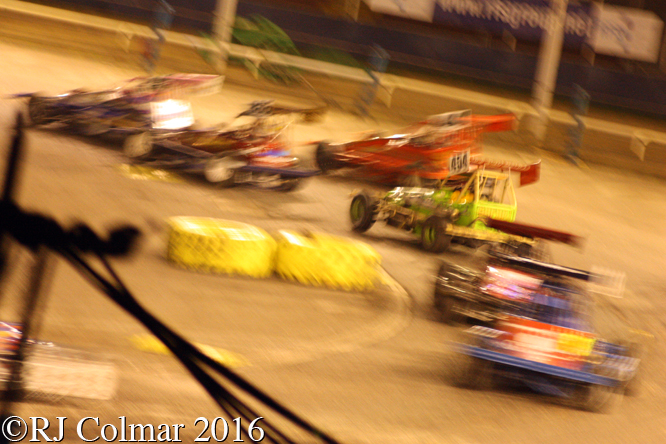
The Superstox action featured a bit more bumping and boring for which the cars are better equipped, unfortunately I arrived too late to get a programme and the only thing I can tell you is that the race was won by John Saunders, who also won the first heat and that the green #454 seen above finished 5th in heat to having finished 4th in Heat 1, if you know who the driver of the #454 is please do not hesitate to chip in below.
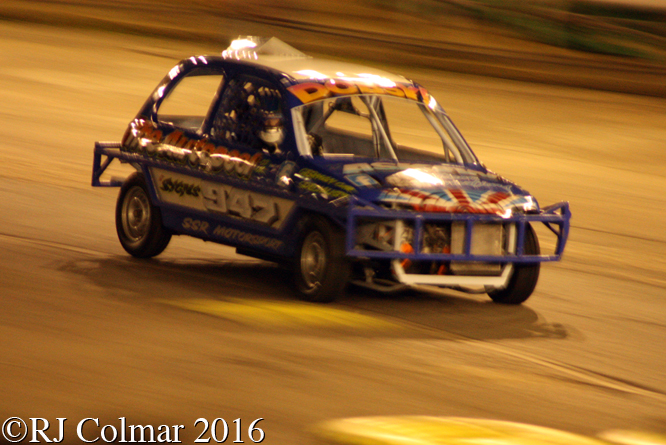
Samuel Dobbs is seen above on his way to a win in the 2nd heat of the Junior Micra Stock Cars which with all their additional safety equipment and what appeared to be standard suspension have some interesting handling characteristics.
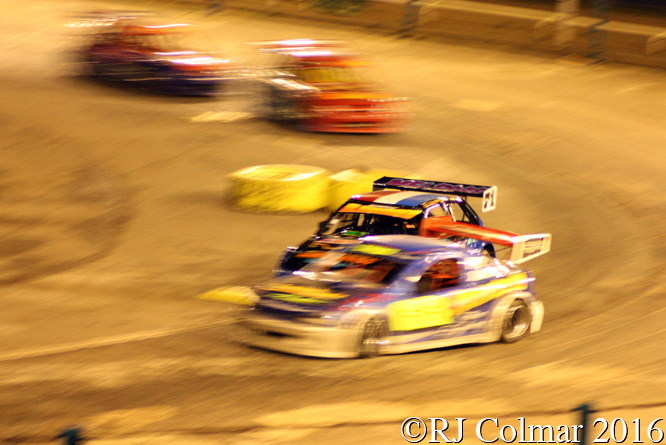
Robert Gamble seen in his #133 Vauxhall Tigra above held on to win the 2nd Heat for the 2.0 Hot Rod’s from the #71 Citroën Saxo driven by Gordan Alexander.
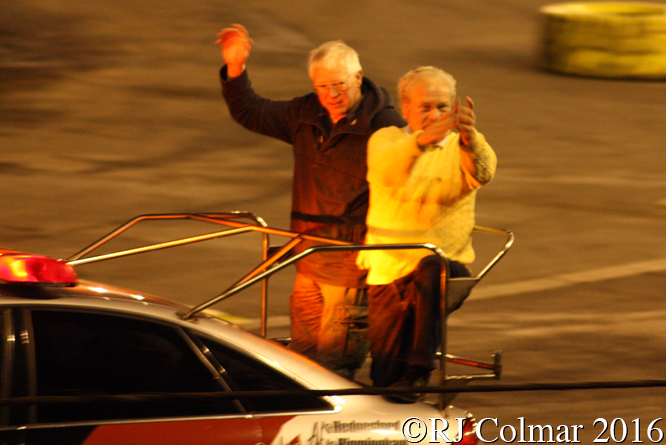
Four time Hot Road World Champion Barry “#351 Leapy” Lee, and Scottish Saloon Stocks, Superstox & Hot Rods champion Kenny Ireland are seen on a lap of honour above they were joined as guests of honour by 1976 World Champion George Polley and 1980 World Champion Mick ‘Duffy’ Collard.
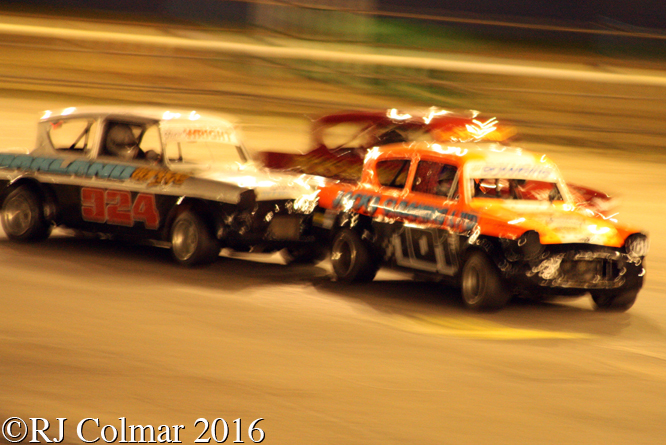
Craig Boyd retired his Austin early in the 2nd Classic Hot Rods heat, leaving Andy Steward to an easy win once he had battled his way into the lead, the race featured a fantastic race long scrap between the Ford Anglia’s driven by #101 John Bowring, #924 Stuart Wright and #911, seen on the outside, driven by Harry Steward who crossed the finish in 6th, 7th and 8th places respectively.

Repeating his heat one Junior Micra Stock Cars win in the final was Robbie Bruce seen above three wheeling his way around turn 2 aided by second place finisher #340 Will Blazer.
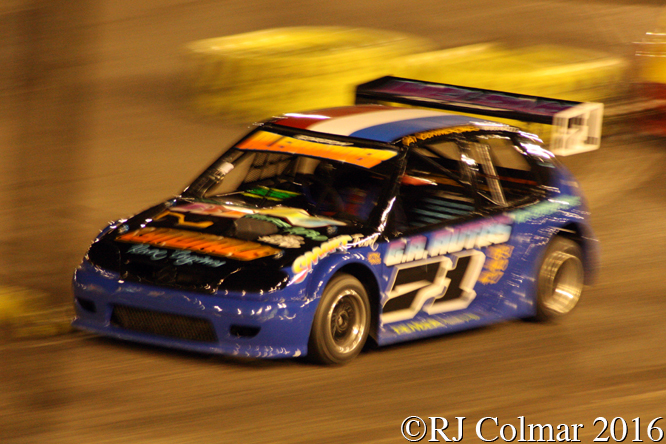
Gordan Alexander fought his way to the front to claim the 2.0 Hot Rod Final in his #71 Citroën Saxo the #565 driven by Dan Smith and the #39 driven by Rick Parnell who were both also pedaling Citroën Saxo’s.
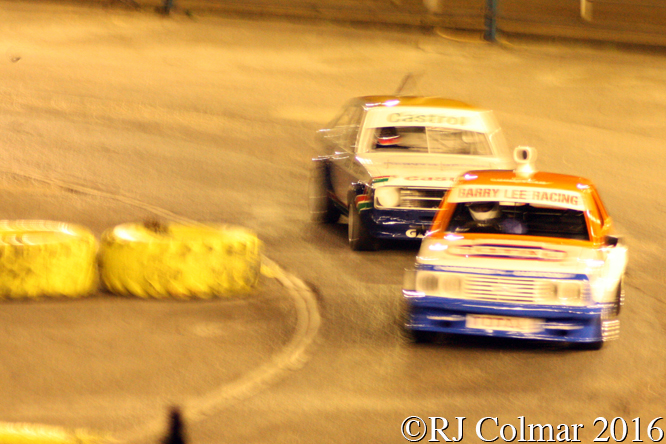
Lee Wood is seen above leading Mick ‘Duffy’ Collard during a demonstration run for the fans in their immaculate replica World Championship winning cars.
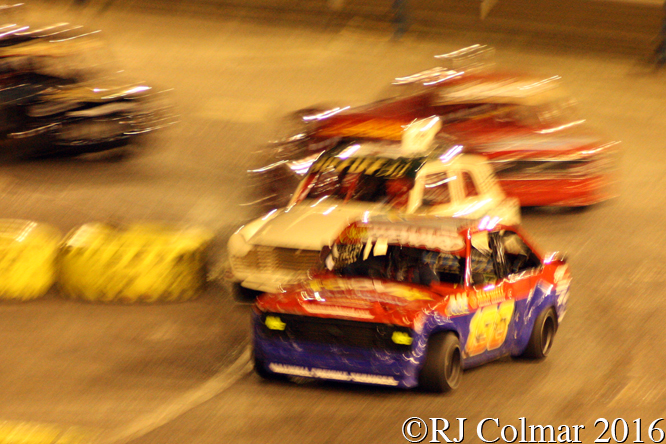
Andy Steward retained his Classic Hot Rods London Championship title despite the best efforts of Craig Boyd in his repaired #45 Austin seen lifting an inside wheel above.
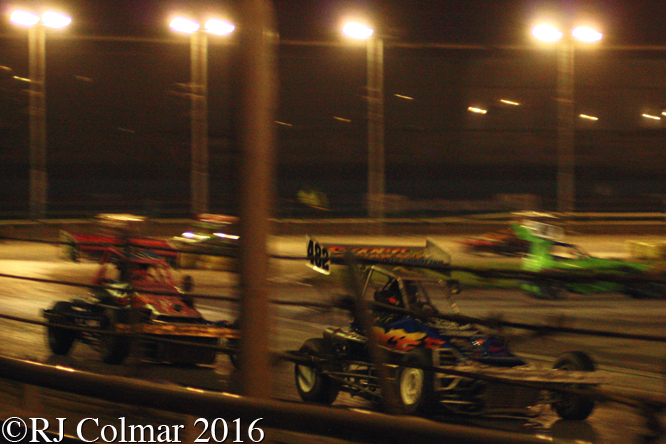
Jason Cooper is seen above taking the flag in the Superstox final at the end of an entertaining evening at Wimbledon Stadium which I hope to visit again before it is scheduled to be swallowed up by dreaded property developers.
My thanks to Ray Miles and Rob Hughes for giving me the heads up also to Rob for event programme details, to keep up with news on Classic Hot Rods follow Rob Hughes dedicated fb page linked here, news on Spedeworth events at Wimbledon and their other venues can be found on this link.
Thanks for joining me on this “Triple London Championship Night” edition of “Gettin’ a li’l psycho on tyres” I hope you will join me again tomorrow for Americana Thursday. Don’t forget to come back now !


